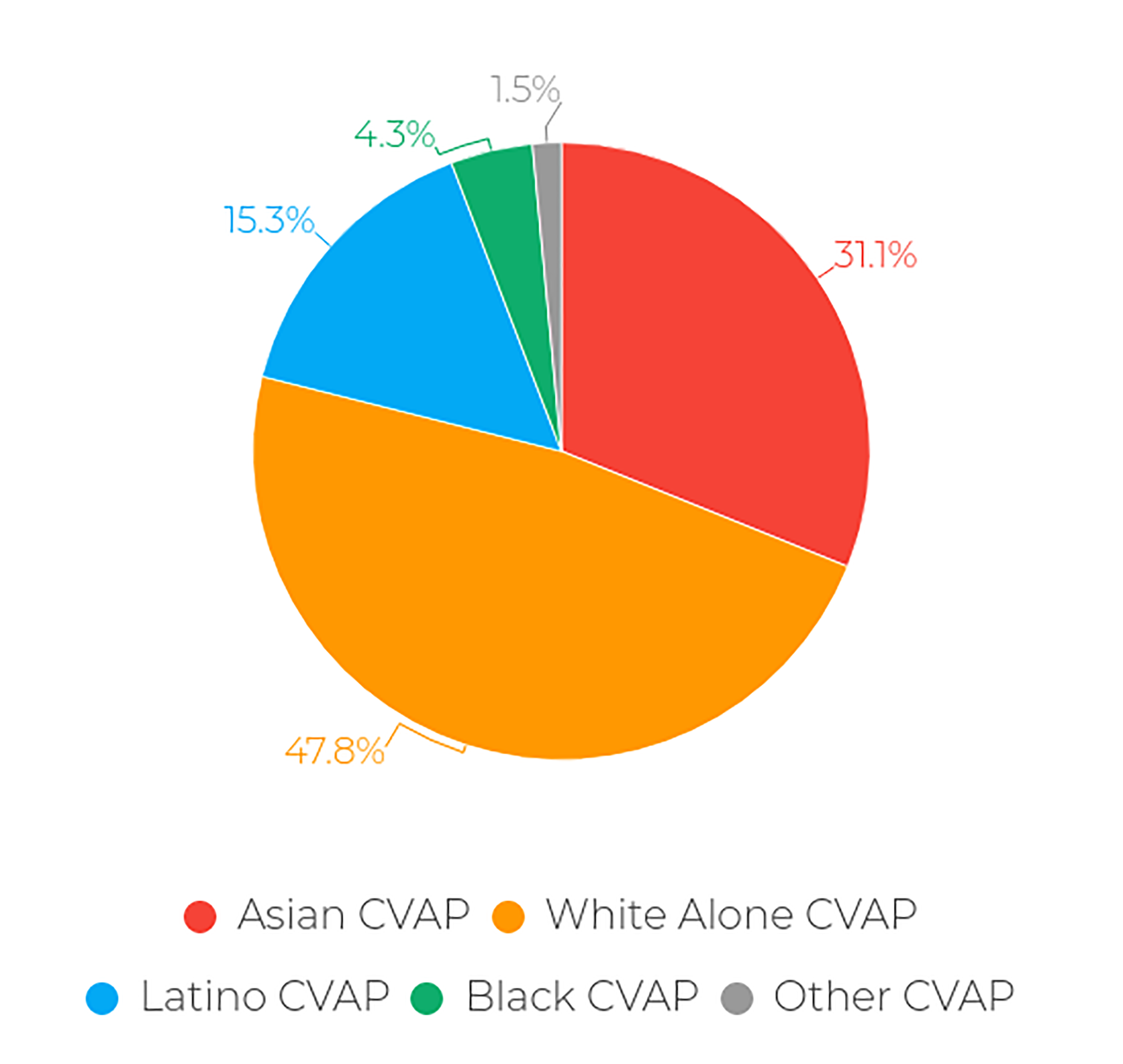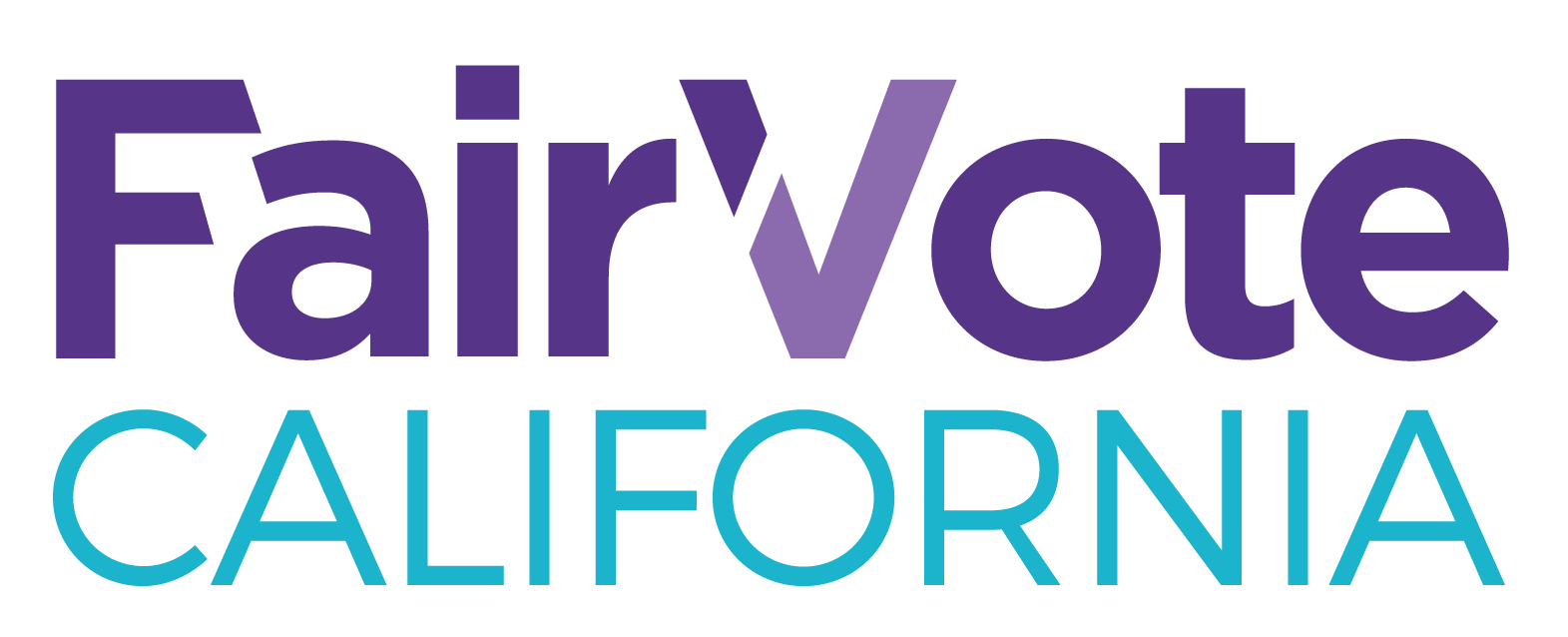
Earlier this year a lawsuit was brought against the City of Santa Clara challenging the at-large electoral system used to elect its City Councilmembers. The lawsuit alleges that Santa Clara’s election system violates the California Voting Rights Act of 2001. In April, the City Council directed the creation of a Charter Review Committee to review the City’s election method and to make a recommendation for electing members to the City Council.
On January 30, 2018, the City Council unanimously passed a resolution to put the Charter Amendment on the ballot. If the proposed plan is adopted, Santa Clara could be the first California city to use multi-seat RCV. Further, ranked choice voting would also be used for offices elected citywide including Mayor, City Clerk, and Police Chief.
FairVote California provided research and analysis to the community and to the Charter Review Committee about the effectiveness of various election methods. Over time, the Committee considered at-large elections, various district plans, and determined that Santa Clara was too diverse and integrated for single-member district elections.
According to the 2010 Census, the City’s population is approximately 116,468, of which approximately 22,589 (19.4%) are Hispanic or Latino and 43,889 (37.7%) are Asian-American. According to the latest Citizen Voting Age Population (“CVAP”) 2011-2015 data available from the American Community Survey, Santa Clara City has a CVAP of approximately 69,465, of which approximately 10,635 (15.3%) are Hispanic or Latino and 21,630 (31.1%) are Asian-American. This is important to reference because the city’s population and electorate are not currently reflected in the City Council. No single race or ethnicity currently constitutes a majority of the City’s population.
City of Santa Clara Citizen Voting Age Population (CVAP)

The Charter Review Committee recommended a two district plan which would use ranked choice voting (RCV) for three City Council seats to be elected in each district. The fairness of RCV relies on the concept of a threshold of exclusion. Four (4) Bay Area cities use RCV (San Francisco, Oakland, Berkeley and San Leandro) and for these single member RCV elections, the threshold of exclusion is 50%+1. With RCV under multi-member elections, otherwise known as single transferable vote, that threshold declines in proportion to the number of seats available.
Santa Clara has six (6) councilmembers, under the proposed plan, when three seats are up for an election, the threshold to elect one seat would be 25%+1.
A Fair Plan for Asian American and Latino Voters
FairVote California studied and assessed a hypothetical two-district plan. We found that the Asian American CVAP could range from 28.9% to 32.5% within each of the two districts (3.9-7.5% points beyond a threshold to elect one seat). Therefore, Asian American voters would have the power to elect one (1) seat per district, for a total of two (2) seats. If voters were to elect three City Councilmembers at-large using a fair representation system, like ranked choice voting, the Asian American community can elect their candidate of choice because the Asian CVAP is 30.7% and the threshold to win is 25%+1.
Latino CVAP ranges from 14.9% to 15.8% under the proposed plan, and a candidate could receive more than half (12.5%) of its support from Latino voters. If Santa Clara candidates build a coalition of support that include Latino voters, Latinos could make up more than half of the threshold necessary to elect a representative, thereby becoming an even more important voting bloc.
Citizen Voting Age Population for Proposed Two-District Plan

Ranked Choice Voting Would Mitigate Vote Splitting
RCV is more likely than cumulative or limited voting to assure Asian American voters will achieve fair representation in Santa Clara. Cumulative voting works best when a group focuses its votes on one candidate. If there are two or more candidates from the same community, particularly if they are in the minority, the minority risks the prospect of splitting its vote and failing to elect any candidates of choice.
Since 2002, there have been 14 attempts by candidates of color to be elected to the City Council. Twelve (12) of those attempts have been by Asian American candidates. In the 2016 election, five (5) Asian American candidates ran for City Council. In two of these elections, four (4) Asian American candidates ran against each other. Since 2002, there have been three (3) instances where minority candidates ran against each other for the same seat.
There is a significant likelihood that Santa Clara minority candidates will continue to run against each other in any election system. With RCV, there could be multiple candidates running from the same community and it will not undermine a group’s opportunity to elect a candidate of its choice because by ranking their preferences, a voter is able to meaningfully cast their support for multiple candidates. Furthermore, under RCV, candidates have been successful because of effective coalition building when reaching beyond their base of support by asking for a voter’s first choice and backup choices.
We are excited to be a part of this historic effort and look forward to supporting the Santa Clara community in implementing a fair election system for all.

Be the first to comment
Sign in with
Facebook Twitter